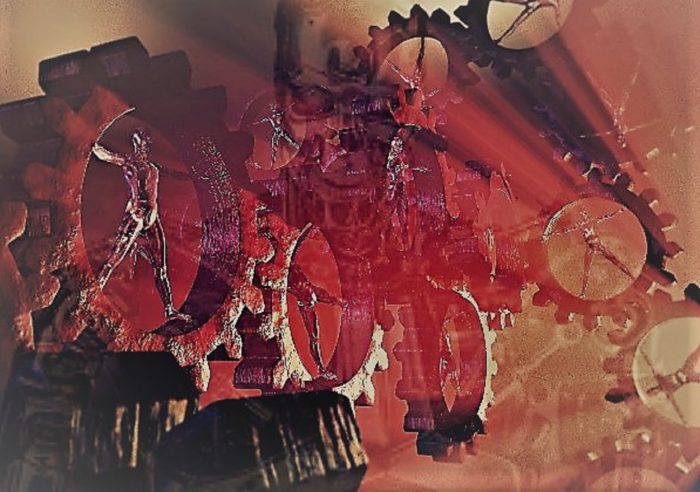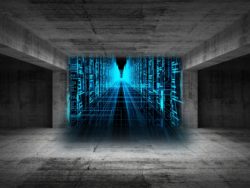
Artificial Intelligence: Robot Technology And The Danger Of Human Extinction!
- By
- December 28, 2018
- September 27, 2021
- 29 min read
- Expert Opinion
- Posted in
- Conspiracy Theory Analysis, Technology
Most of us are familiar with such blockbuster movie concepts perhaps best expressed by the early Terminator films, which revolve around the notion of artificial intelligence (AI) “taking over” and ultimately wiping out humanity. While such movies are complete fiction, the dangers of AI are very real. And, if we listen to people such as Elon Musk and even Julian Assange, that danger is more urgent than even the most paranoid of us suspect.
It is perhaps interesting that many who are critical of such claims of the need to regulate the spread of technologies around the planet, usually have connections of one kind or another to the very big business that makes untold millions off the back of the sale,...
Fact Checking/Disclaimer
The stories, accounts, and discussions in this article may go against currently accepted science and common beliefs. The details included in the article are based on the reports, accounts and documentation available as provided by witnesses and publications - sources/references are published above.
We do not aim to prove nor disprove any of the theories, cases, or reports. You should read this article with an open mind and come to a conclusion yourself. Our motto always is, "you make up your own mind". Read more about how we fact-check content here.
Copyright & Republishing Policy
The entire article and the contents within are published by, wholly-owned and copyright of UFO Insight. The author does not own the rights to this content.
You may republish short quotes from this article with a reference back to the original UFO Insight article here as the source. You may not republish the article in its entirety.





